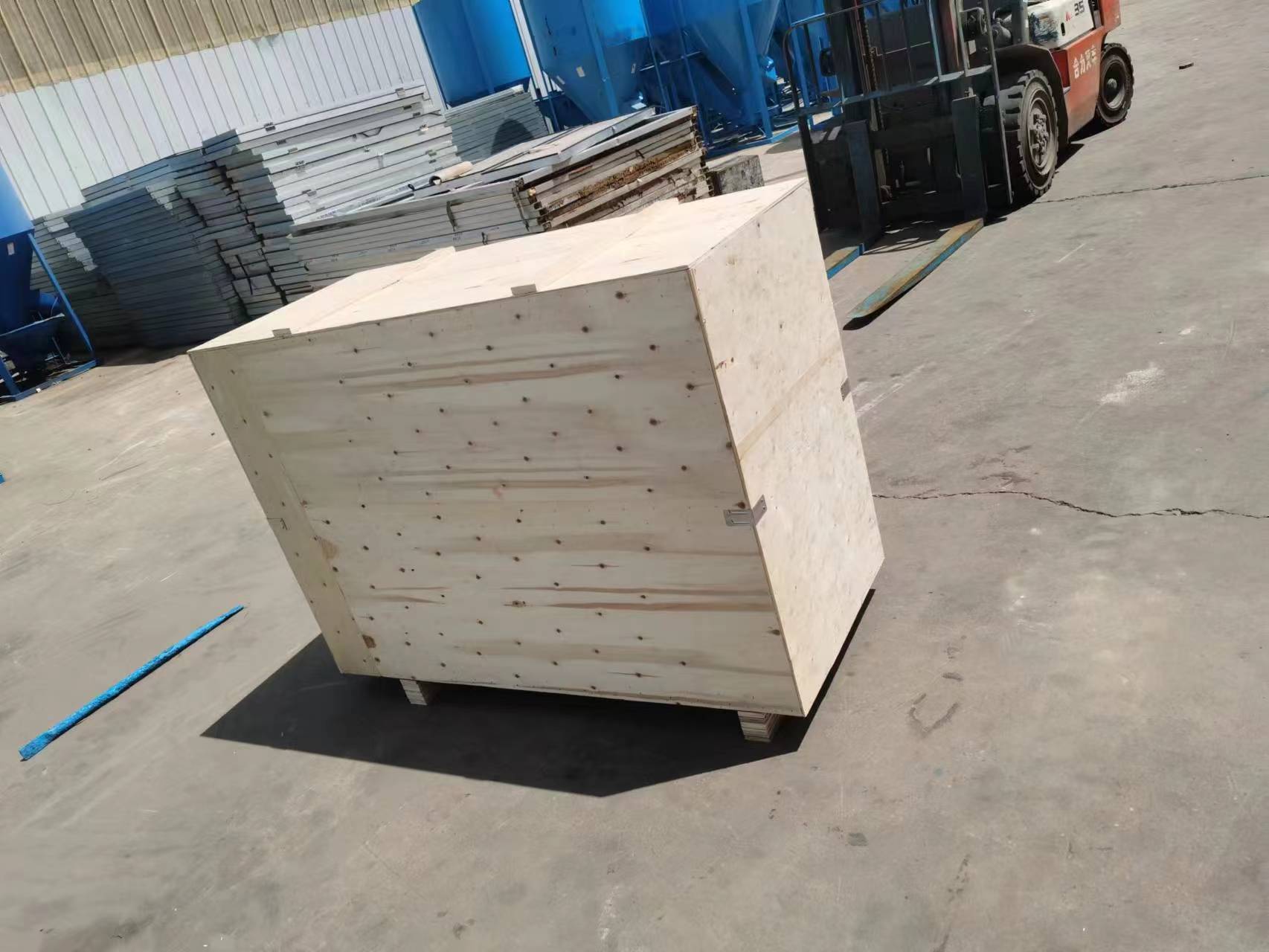Optimizing Broiler Cage Design for Enhanced Poultry Farming Efficiency and Welfare
វិច្ឆិកា . 28, 2024 05:29 Back to list
Optimizing Broiler Cage Design for Enhanced Poultry Farming Efficiency and Welfare
Understanding the H-Type Broiler Cage System A Key to Efficient Poultry Production
In the realm of modern poultry farming, the efficiency and welfare of birds are paramount. The H-type broiler cage system has emerged as a popular solution among producers seeking to maximize production while adhering to growing animal welfare standards. This article delves into the advantages, design, and operational aspects of the H-type broiler cage system.
What is the H-Type Broiler Cage System?
The H-type broiler cage system is a vertical housing solution designed for broiler chickens, characterized by its unique H-shaped structure. This innovative design allows for multiple tiers of cages, facilitating efficient space utilization within poultry houses. Unlike traditional floor systems, which require more land and often lead to overcrowding, the H-type system optimizes vertical space, allowing farmers to increase their flock size without requiring additional land.
Key Advantages of H-Type Broiler Cages
1. Space Efficiency One of the most significant benefits of the H-type system is its ability to house a large number of broilers in a compact area. This vertical housing reduces the land needed for poultry farming, enabling producers to maximize their output without expanding their operations.
2. Improved Biosecurity The design of H-type cages helps to minimize the spread of diseases among birds. By keeping them in confined spaces and reducing their contact with external environments, these systems lower the risk of infection. Improved biosecurity measures lead to healthier flocks and, consequently, better production rates.
3. Enhanced Welfare Contrary to some misconceptions about caged environments, modern H-type systems are designed to promote bird welfare. These cages provide adequate space, ventilation, and conditions that can enhance the birds' well-being. Properly designed cages ensure that birds have room to move, engage in natural behaviors, and access food and water efficiently.
h type broiler cage

4. Optimized Feeding and Watering Systems The H-type cage system often incorporates advanced feeding and watering mechanisms. These automated systems ensure that all birds receive adequate nutrition and hydration, reducing wastage and promoting uniform growth rates across the flock.
5. Labor Efficiency With the automation of feeding, watering, and waste management, the H-type system reduces the labor required for daily management. This efficiency not only cuts labor costs but also allows farmers to focus on other essential aspects of their operations.
Design and Structure
The H-type broiler cage is typically constructed from durable materials such as galvanized steel, ensuring longevity and ease of maintenance. The cages are organized into tiers, with each tier accessible for cleaning and monitoring. Proper ventilation systems are integrated into the design, allowing for adequate air circulation, which is vital for maintaining the health of the birds.
Operation and Management
Effective management of an H-type broiler cage system involves regular monitoring of key parameters such as temperature, humidity, and overall bird health. Technology plays a crucial role in modern poultry farming. Many producers now use sensors and automated systems to gather data on housing conditions, feeding patterns, and bird growth rates. This data-driven approach allows farmers to optimize their operations continuously.
Conclusion
The H-type broiler cage system represents a significant advancement in poultry farming, addressing the challenges of space, biosecurity, and bird welfare. As the industry evolves, producers who adopt this innovative system are likely to benefit from increased efficiency, improved animal health, and enhanced production outcomes. By combining modern technology with thoughtful design, the H-type cage system stands out as a vital tool for sustainable poultry production in today’s competitive market. As the demand for poultry products continues to rise, embracing such innovations will be essential for farmers committed to responsible and efficient production practices.
-
High Performance Exhaust Fan – Efficient Ventilation Solutions for Home
NewsJun.10,2025
-
High-Quality Gestation Pen for Sows Durable Mobile Pig Pen & Simple Pig Pen Solutions
NewsJun.10,2025
-
High Quality Rabbit Cage Double Tier Designs & Welded Wire Mesh Supplier
NewsJun.10,2025
-
Floating Fish Feed Machine - High Efficiency Floating Fish Feed Extruder for Small Scale Production
NewsJun.10,2025
-
Premium Poultry Housing Solutions Mobile & Commercial Free Range Options
NewsJun.10,2025
-
Industrial FRP Fans Corrosion-Resistant Blades & Centrifugal Systems
NewsJun.09,2025






